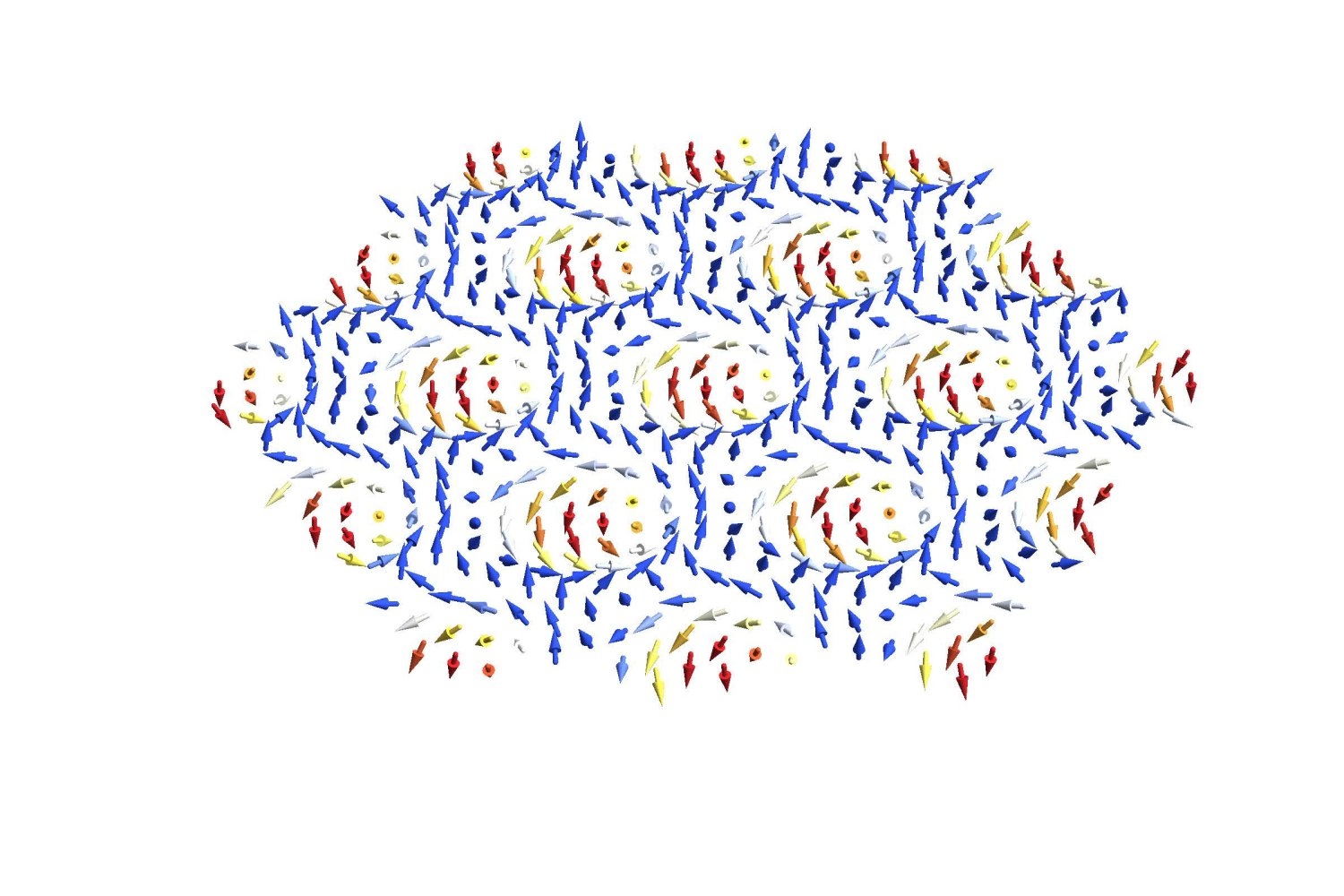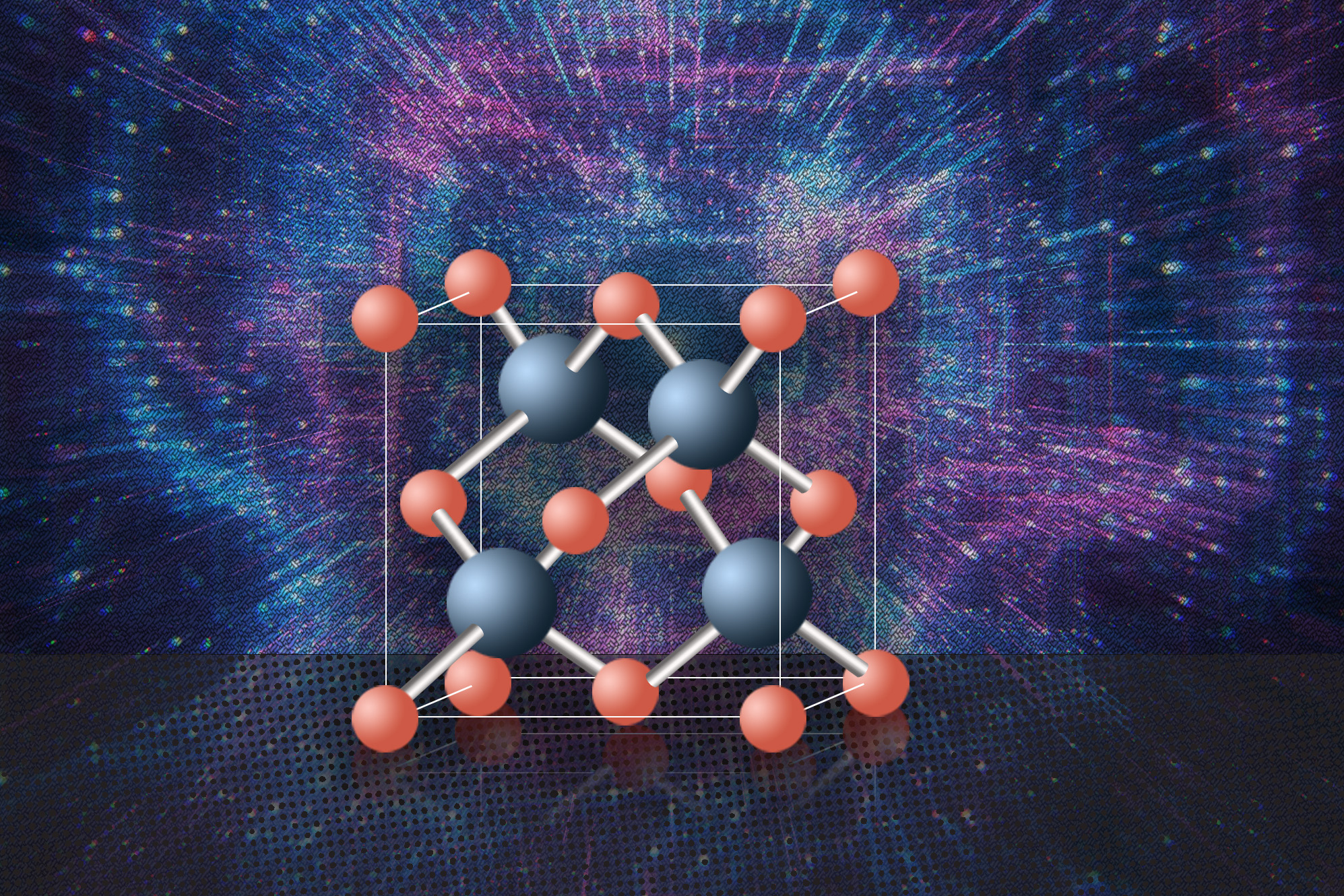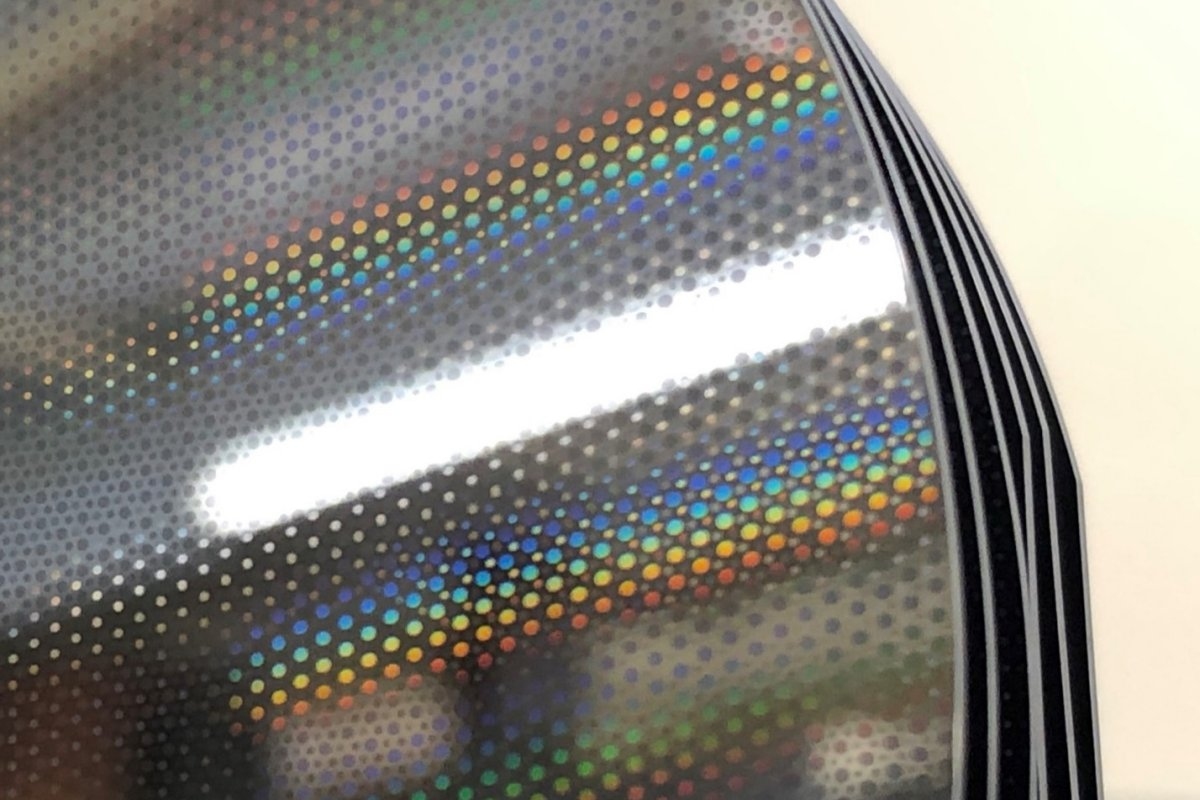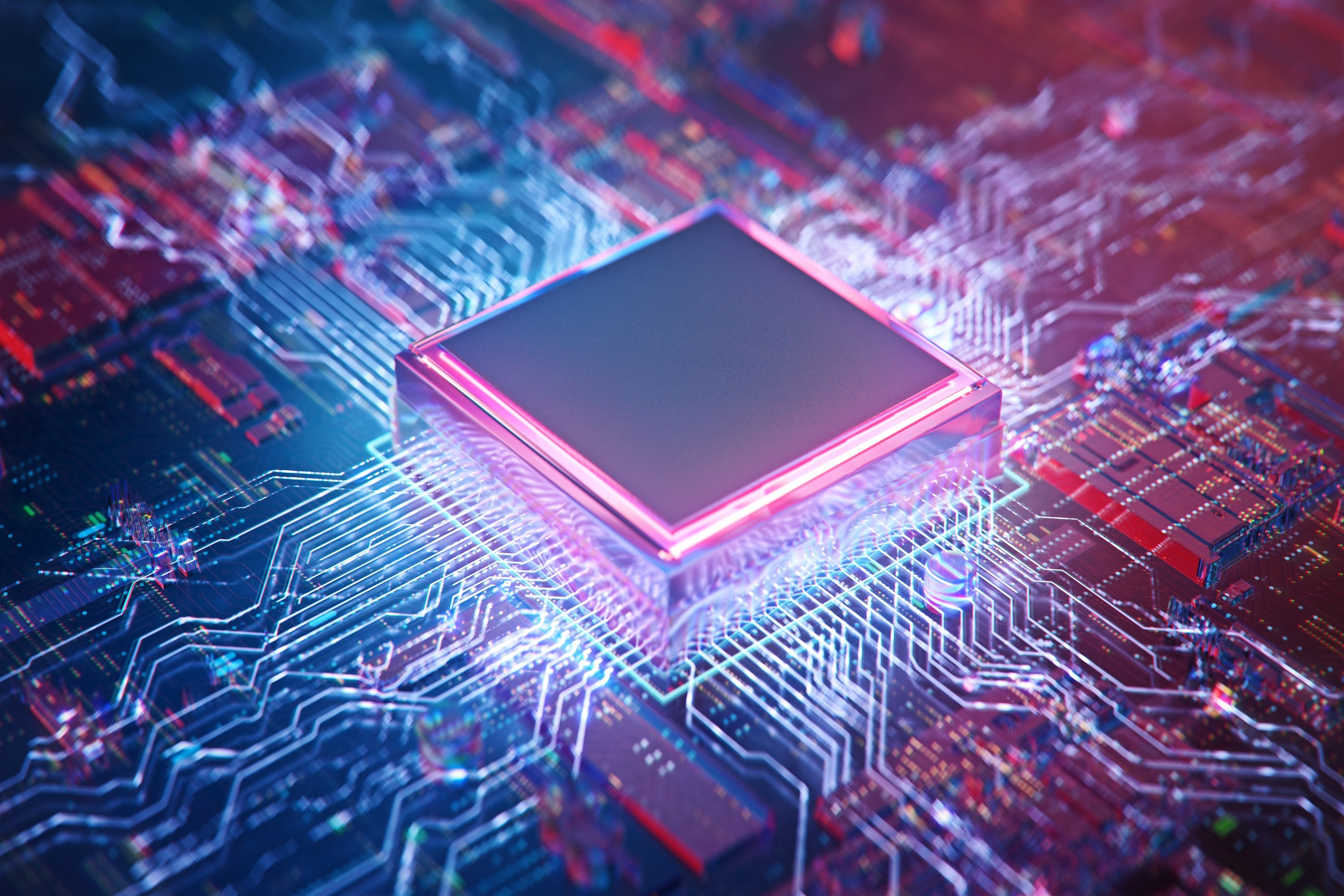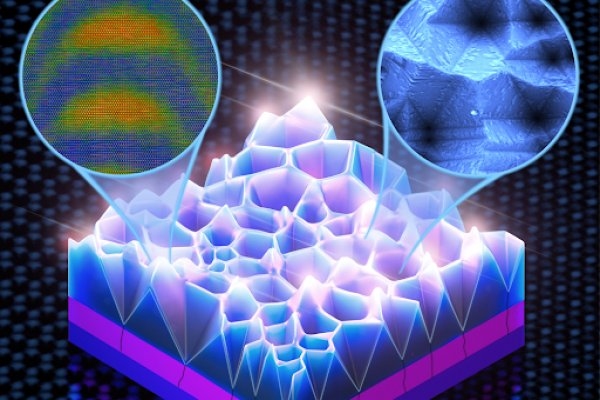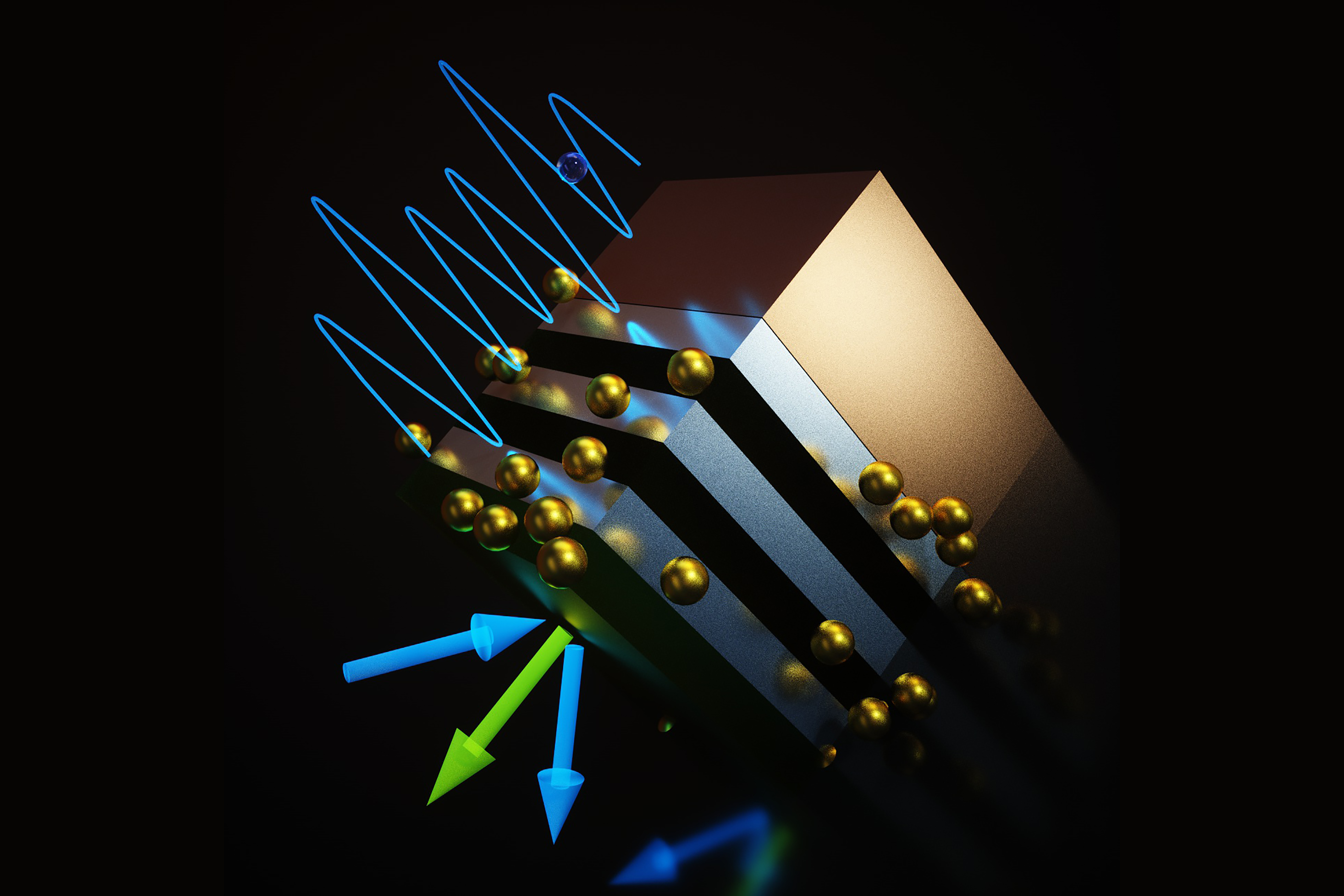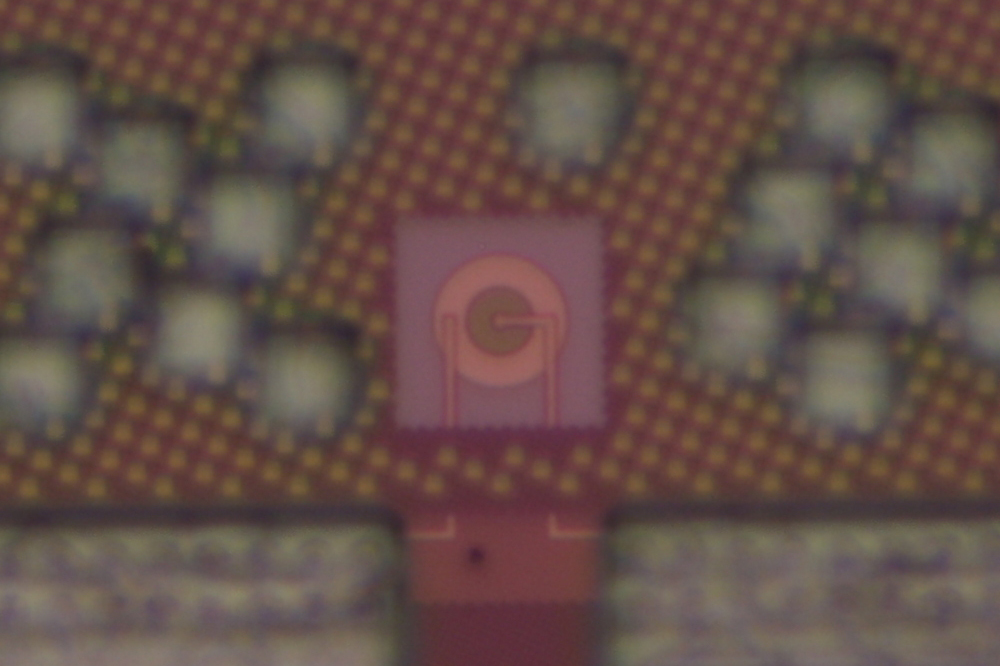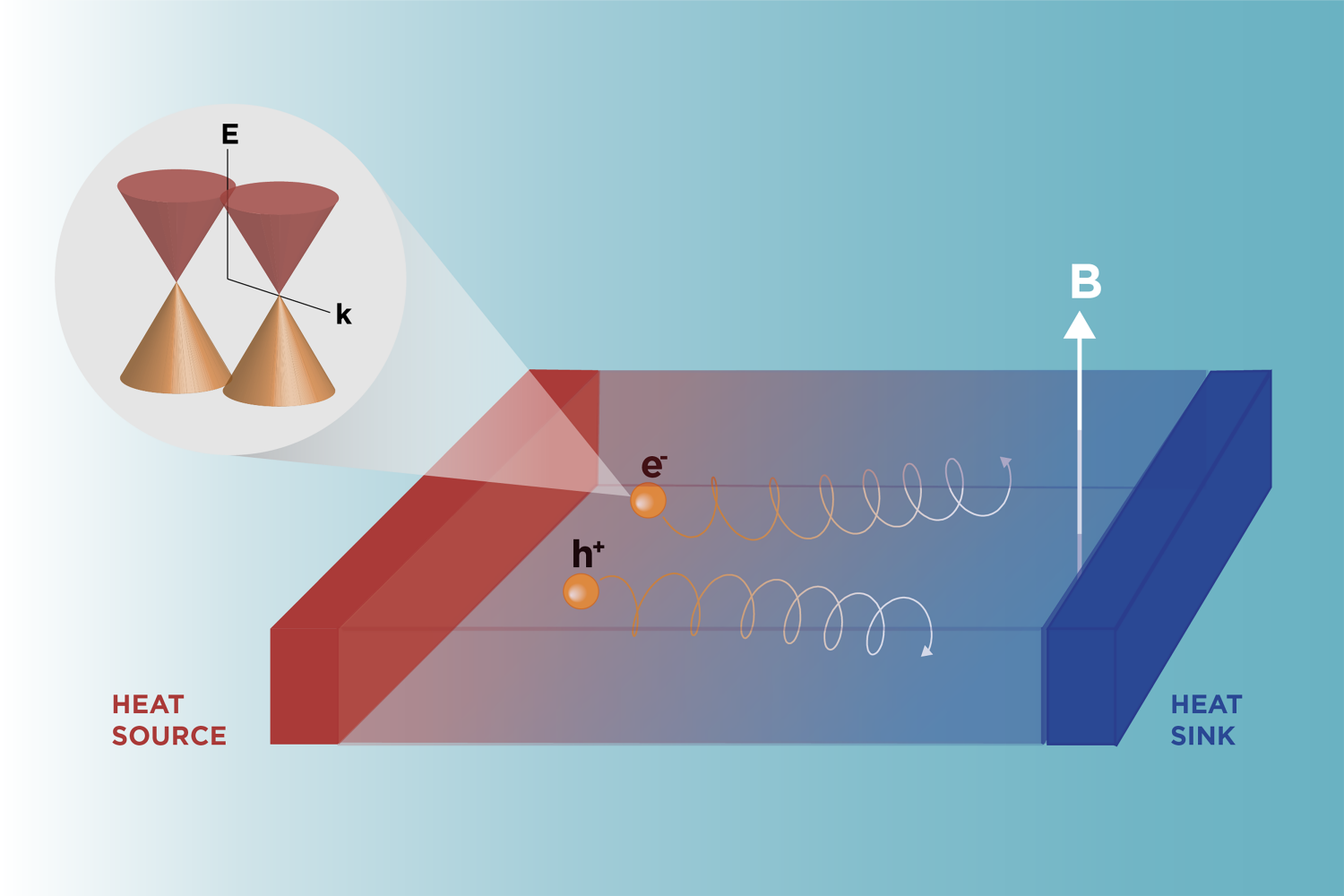MIT team reports giant response of semiconductors to light
The materials’ stiffness increases up to 40 percent, in a reversible effect, the researchers report in a study that also explains the phenomenon's atomic origins.
Elizabeth A. Thomson | Materials Research Laboratory •
mit
Aug. 15, 2022 • ~6 min
Aug. 15, 2022 • ~6 min
Construction contract awarded for new semiconductor facility at MIT Lincoln Laboratory
The advanced research and prototyping facility will yield complex, integrated microelectronic components to enable scientific discovery and solve national security challenges.
Ariana Tantillo | MIT Lincoln Laboratory •
mit
Feb. 8, 2022 • ~6 min
Feb. 8, 2022 • ~6 min
A peculiar state of matter in layers of semiconductors
In a study that could benefit quantum computing, researchers show a superlattice embedded with nanodots may be immune from dissipating energy to the environment.
Matthew Hutson | Department of Nuclear Science and Engineering •
mit
Aug. 19, 2021 • ~6 min
Aug. 19, 2021 • ~6 min
/
4

